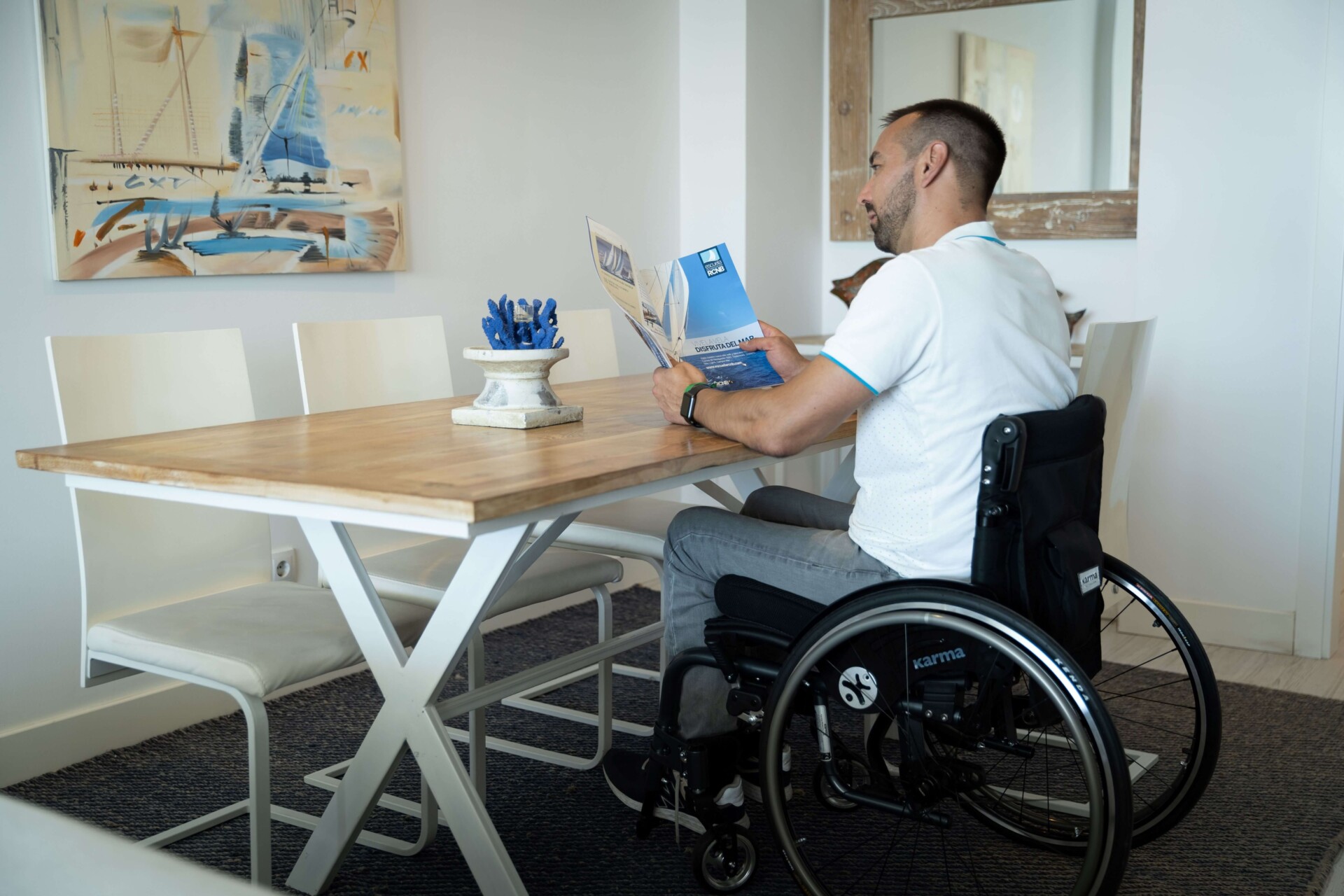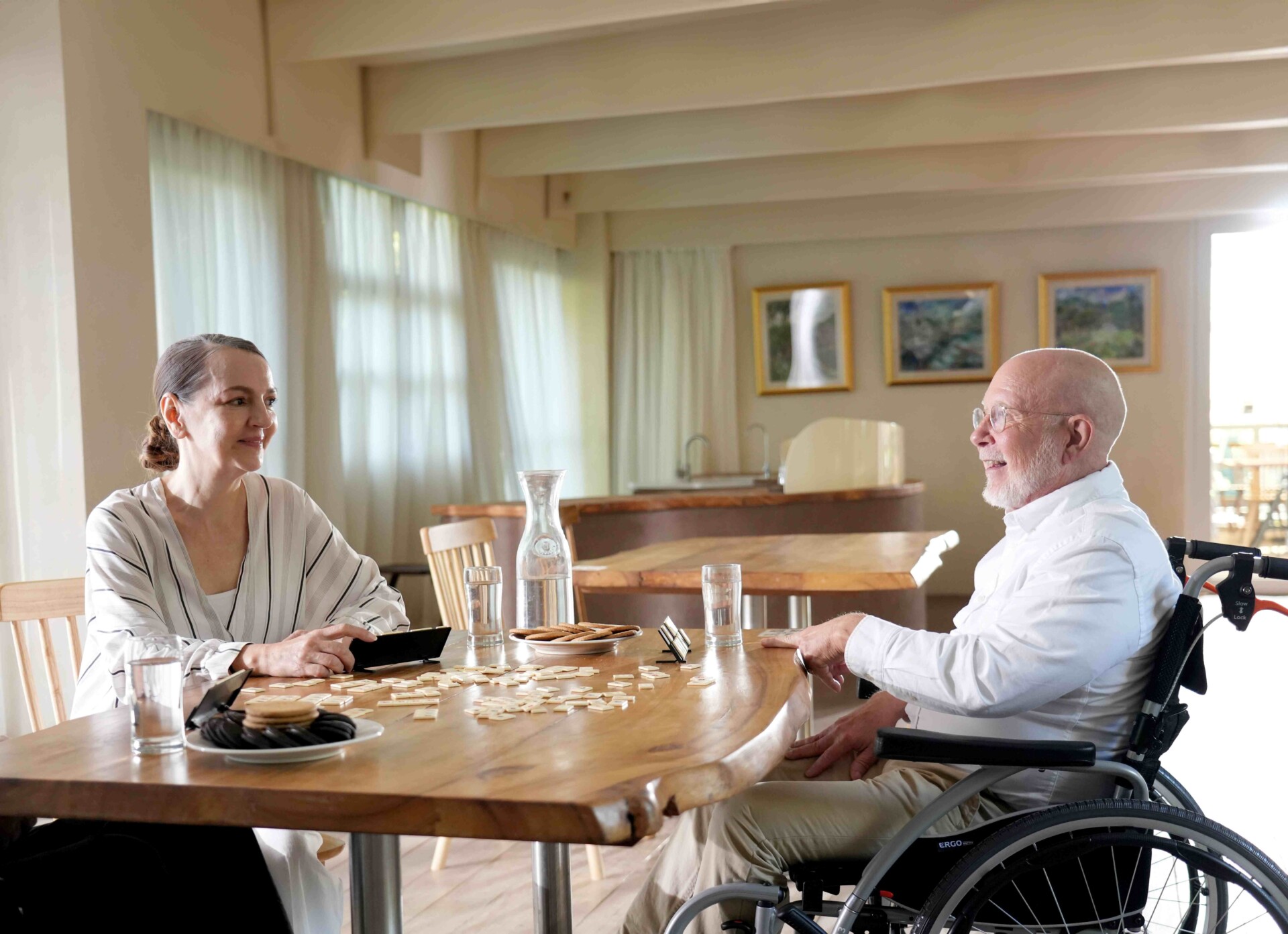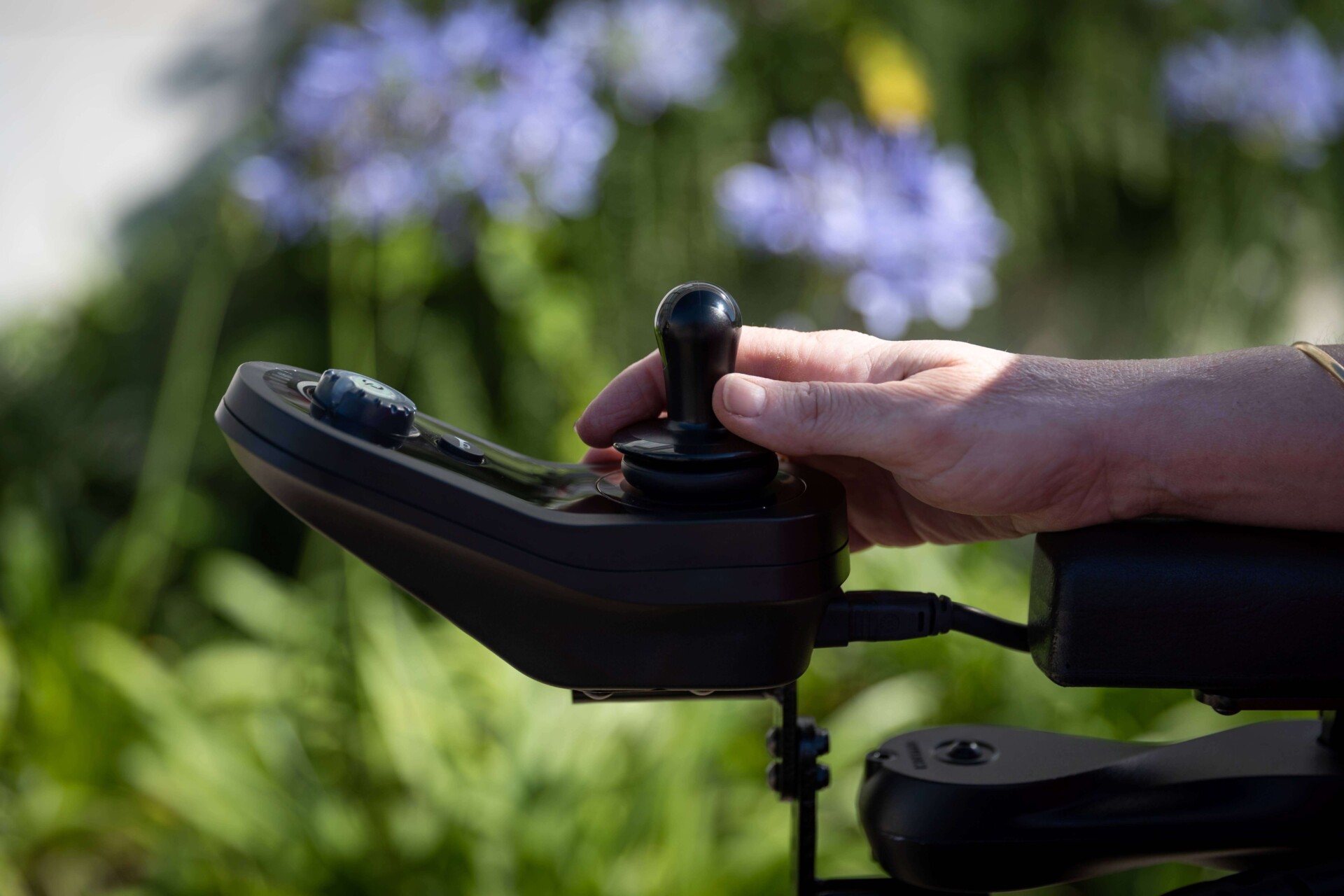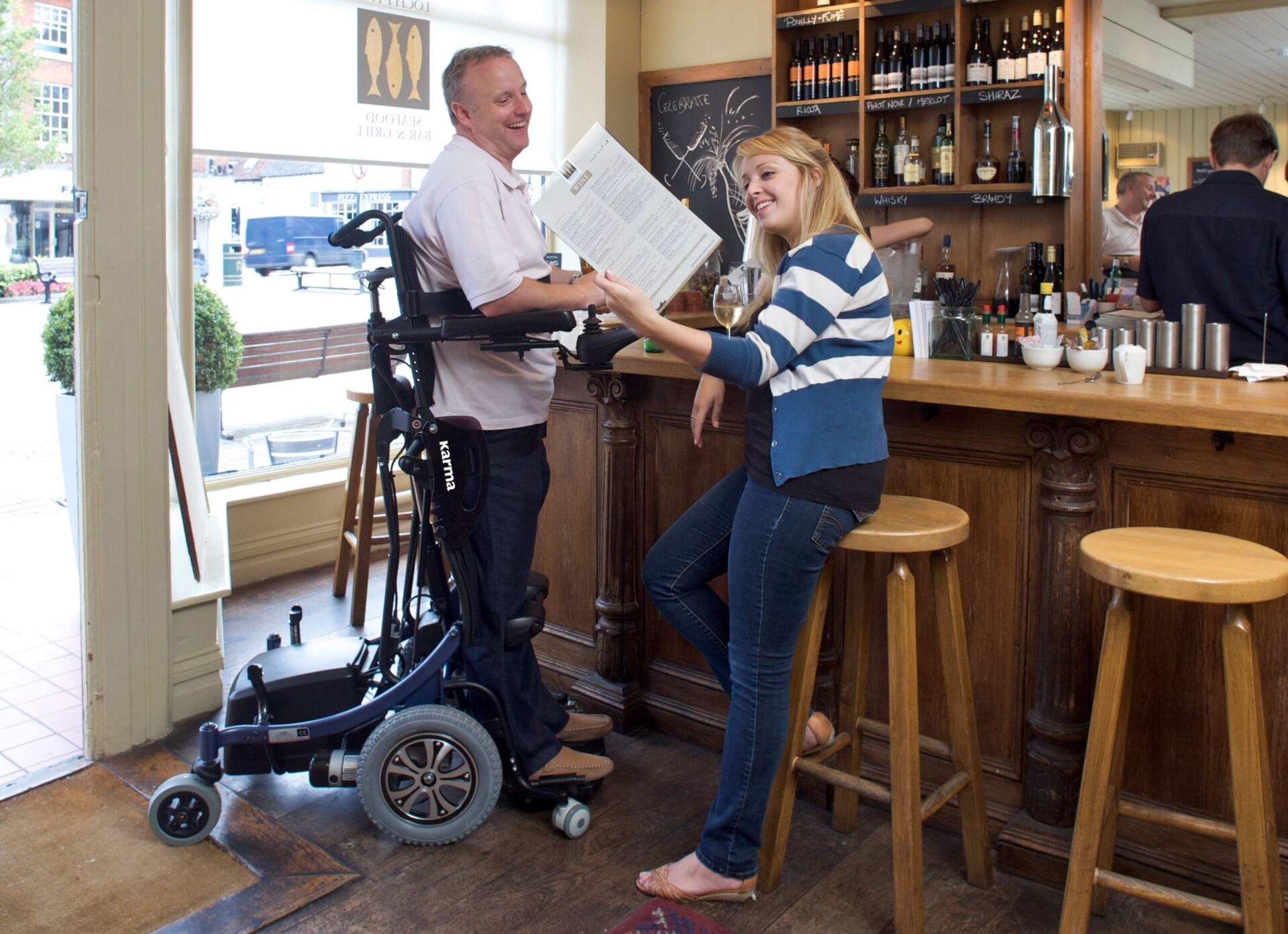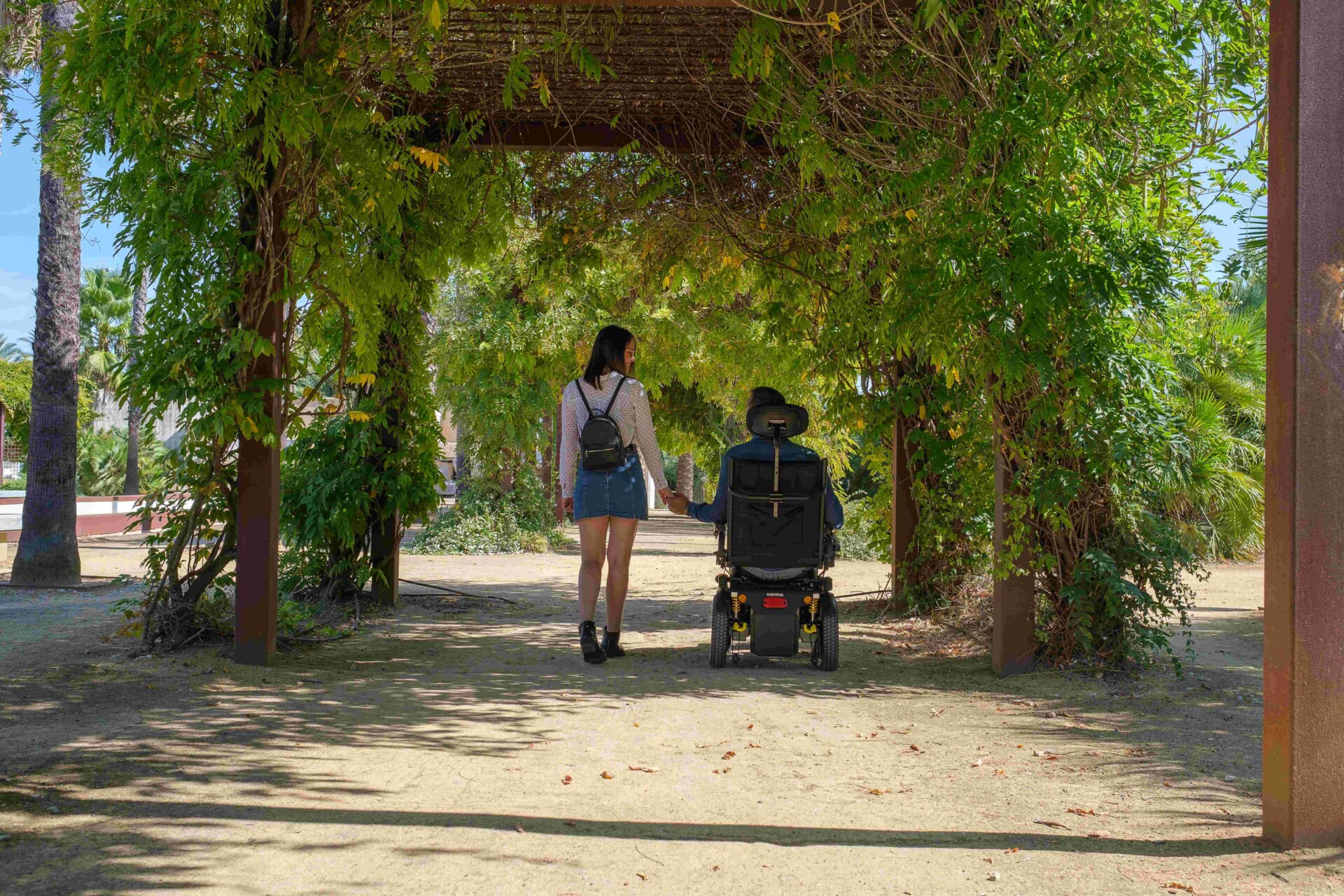Choosing a wheelchair for the first time can feel overwhelming—there are countless models, features, and functions available. But don’t worry: this guide walks you through each step to help you find a wheelchair that fits your body, lifestyle, and personal mobility goals in Malaysia.
Step 1. Understanding Your Needs
Before we get into the details of different wheelchair models and features, it’s essential to take a moment and reflect on your own specific needs. Here are a few key questions to consider:
- How much postural support do you require?
- How many hours will you sit in the wheelchair in a day?
- Do you need self-propulsion, or will a caregiver assist you?
- Will the wheelchair be used primarily indoors, outdoors, or both?
- Is the wheelchair for short-term recovery, occasional use, or long-term mobility?
Posture support and pressure management are often the most important aspects to consider, and it requires a therapist to evaluate personal conditions. It sets the foundation for finding a wheelchair that serves its big purpose as a support system for your daily life. We will come back to these points at Step 3.
Step 2. Select Drive Mode: Manual vs. Power Wheelchairs
One of the first decisions you’ll need to make is whether to opt for a manual or power wheelchair. Each has its own set of advantages and considerations:
Manual Wheelchairs
Manual wheelchairs with large rear wheels can be self-propelled for independent users. For attendant propellers, the smaller rear wheel offers lighter weight and more compact overall width.
Here are some benefits of using manual wheelchairs.
-
Lightweight and Foldable
One of the incredible perks of manual wheelchairs is their portability. They’re often designed to be lightweight and foldable, so they’re very easy to transport in the trunk of a car or store away when not in use. However, some of the positioning manual wheelchairs can be bulkier than general-use ones.
-
Lower Maintenance
Another big plus is that manual wheelchairs usually come with less maintenance hassle. They don’t rely on batteries or complex electronics, which can sometimes mean fewer repairs and lower costs over time.
-
Budget Friendly
Generally, manual wheelchairs are less expensive than power ones. However, the price of some high-quality manual wheelchairs may overlap with those low-quality and low-performing power wheelchair. While budget matters in wheelchair selection, we do not recommend anyone to go for a wheelchair that might have safety concern.
Further Reading:What Is the Best Way To Propel a Manual Wheelchair?
Power Wheelchairs
Power wheelchairs are designed for those who have limited upper body mobility or need to cover longer distances. They bring a different kind of freedom, wrapped in technology and comfort. Let’s explore what makes them stand out:
-
Independent Movement
Operated with a joystick or advanced control system, they’re easy to navigate with minimal physical effort. This can be incredibly liberating if you don’t have much upper body strength or simply want ease of control.
-
Advanced Rehabilitation Function
Power wheelchairs can be loaded with functions that enhance sitting posture and functionality. Think of reclining seats for those moments when you need to reduce sit pressure, anterior tilt to be closer to your work space, and even programmable controls to configure the driving experience to your liking. These enhancements can help users to be more independent without excessive physical strength.
-
Convenience for Long Distances
If you’re someone who loves being out and about for extended periods, a power wheelchair is a good choice. Power wheelchair typically offers 10 to 30 km per charge, depending on battery type and size. The KARMA Blazer with only one lead acid battery can go up to 29 km.
Step 3. Select Seat Function
Posture Stability
Again, how much postural support do you require? Whether you choose a manual drive or power drive wheelchair, we should always choose a seat function based on the user’s posture stability.
- Tilt-in Space can help when a user who CANNOT sit up straight by himself for more than 10 mins. Without function like this, a severe stroke patient for example, will naturally slouch forward or lean to the side due to lack of stability.
- Recline function enables users with fixed hip joint angle to sit in a wheelchair.
- S-Ergo Seat offers a simple yet effective posture stability on an ultra-lightweight manual wheelchair.
- S-Ergo Back has designed a sit-up angle to help elderly users to sit up straight with minimum effort.
Further Reading:Choosing Power Seat Functions
Foldable or Rigid Frame
- Folding Designs are the ultimate convenience for travel and storage. They collapse down to a compact size that’s easy to manage.
- Rigid-Frame Models: If durability is your top priority, rigid-frame models offer enhanced strength. The rigid frame active manual wheelchair also makes self-propelling extremely efficient due to its close-frame structure. Though they cannot be as easy to transport, their uncompromising structure can be seen as a fair trade-off for the robustness they offer.
Ergonomic Means Proper Fit and Thoughtful design
-
- Proper Seat Dimensions: Like width, depth, and height—help prevent pressure sores, support posture, and enhance daily function.
- Confirm weight capacity for both safety and durability.
- Thoughtful designs, like Push & Pull brakes, are usually proprietary features on branded wheelchairs. These designs are made to reduce long-term care stress one function at a time. Make sure you look for them when comparing similar models.
S-Ergo Seat, a thoughtful design for great pressure relief
Step 4. Consider Pressure Relief Strategy
How long do you usually sit in a wheelchair per day? Based on international research about Pressure Relief, sitting pressure needs to be relieved for every 30 mins of using a wheelchair.
-
- Tilt-in-Space wheelchair provides the MOST effective pressure relief method offered by wheelchair. It uses the gravity of the body to shift the sitting pressure from the seat bone to the back. A 45-degree tilt can even reduce the sitting pressure to zero!
- Recline is not as effective as tilt, although the 172 degree recline provided by KARMA Ergo Recline can almost relieve all the sitting pressure.
- Standing is the ultimate pressure relief strategy that kills two birds with one stone— standing up provides multiple health benefits. Learn more details about our standing wheelchair (knowing more about KARMA Ergo Stand).
- S-Ergo Seat, again featured on an ultra-lightweight manual wheelchair, is also a great pressure relief design for those who do not need a complex positioning wheelchair.
Step 5. Think About Before and After-Service
Trying before buying is the best way to ensure comfort and compatibility. Find a brand that you can actually test ride and experience how different models feel in real life. Your wheelchair should reflect your mobility needs, personality, and independence—don’t settle for less.
How to Ensure Medical & Lifestyle Balance
Reserve a Test Ride
Reading about wheelchairs online is a good start, but nothing beats trying one in real life. In Malaysia, everyone has different daily routines—some live with family, some need to get in and out of a car often, and others may need help from a caregiver. That’s why it’s so important to try sitting in a few models before making a decision.
You’re not alone in this—take your time and choose what truly feels right for you. If you have any questions, inquiries, or need assistance with finding the perfect wheelchair for your needs, contact us now, we are here to help.



